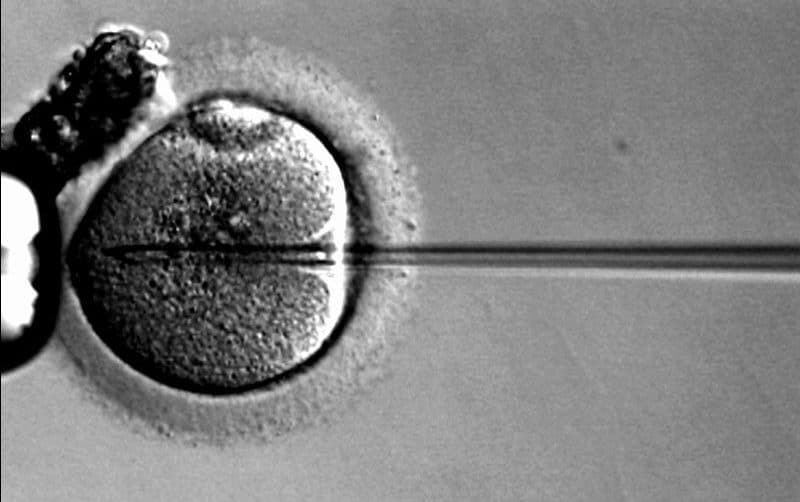
A world without mothers?
The term ectogenesis was coined in the 1920s by geneticist and biologist researcher J.B.S. Haldaine to refer to the development of a new being outside the maternal body. Haldaine considered ectogenesis “an important opportunity for social engineering” inscribed in a eugenic society where a complete separation of procreation from sex would lead to a “liberation of humanity in an entirely new sense.”
Haldain was interested in understanding the origin of life in order to direct and control the development of life itself. His goal was to synthesize living creatures in biochemistry laboratories, an aspiration that, in later years, would take shape in synthetic biology and genetic engineering laboratories.
Haldaine believed that ectogenesis would allow for eugenic selection in which only the best gametes would be used for the next generation. Selection that today has become the practice in the field of MAP techniques. Haldaine and Julian Huxley strongly promoted a “positive eugenics” that in those years resulted – well before Nazi Germany – in sterilization programs regulated by legislation in favor of them in the United States, Sweden, Denmark, Finland and widely funded by philanthropic associations such as the Rockefeller Foundation, issues that we have explored in our previous texts.
Huxley believed that ectogenesis could accelerate, facilitate, and make more flexible eugenic selection. Eugenic thinking is the foundation of ectogenesis and more generally of genetic research and any artificial reproduction of the human and is one of the cornerstones of the transhumanist vision.
The obsession with the creation of life shines through from the very beginning of this research, in the words of the research biologist Jacques Loeb: “I wanted to take life in my hands and play with it. I wanted to manipulate it in my laboratory like any other chemical reaction, to initiate it, to stop it, to study it under any conditions, to direct it at my will”. All this is not just an expression of crazy aspirations of some isolated researcher, but are the transhumanist principles of control and domination over the living.
With the artificial womb, the laboratory of life, which has become a system, wants to disregard the reality of the woman’s body, the reality of procreation, and therefore disregard reality in order to dominate and modify it.
It is in this original meaning and in this horizon that we must insert the research related to the realization of the artificial womb and the latest important developments in this regard. MAP, embryo selection, experiments on embryos, genetic modification, artificial womb are all deeply interconnected aspects of the same transhumanist world. Saving even one of these aspects implies that this transhumanist world proceeds in its direction that, sooner or later, will extend to every dimension of our life and of the whole living being.
We have been writing for some time about the re-signification of birth, mother, and woman, the material consequences on bodies, and the profound ontological and anthropological transformation of the human being that this re-signification entails. Techno-scientific developments are speeding up and every ethical barrier is falling, we are going towards a new neutral and infinitely modifiable humanity, in a post-human and post-nature world. A world without mothers, in order to achieve a definitive and total expropriation of women’s bodies and the dimension of procreation, a definitive and total control over the processes that create life, an engineering of the living and the control of the evolution of the human species itself. Continue reading “A world without mothers? by Silvia Guerini”
